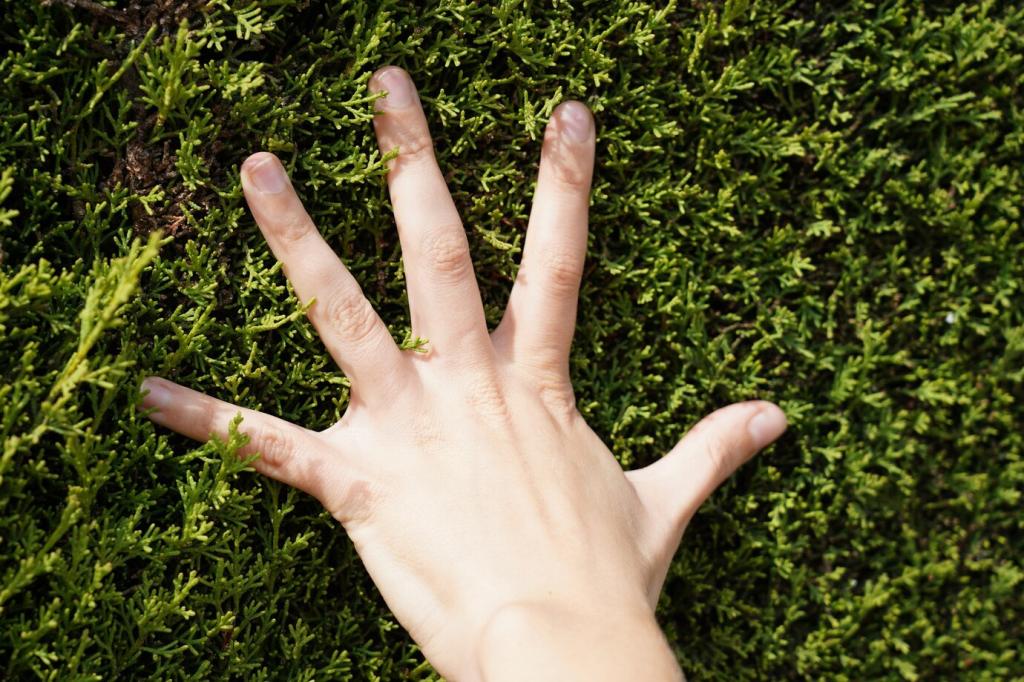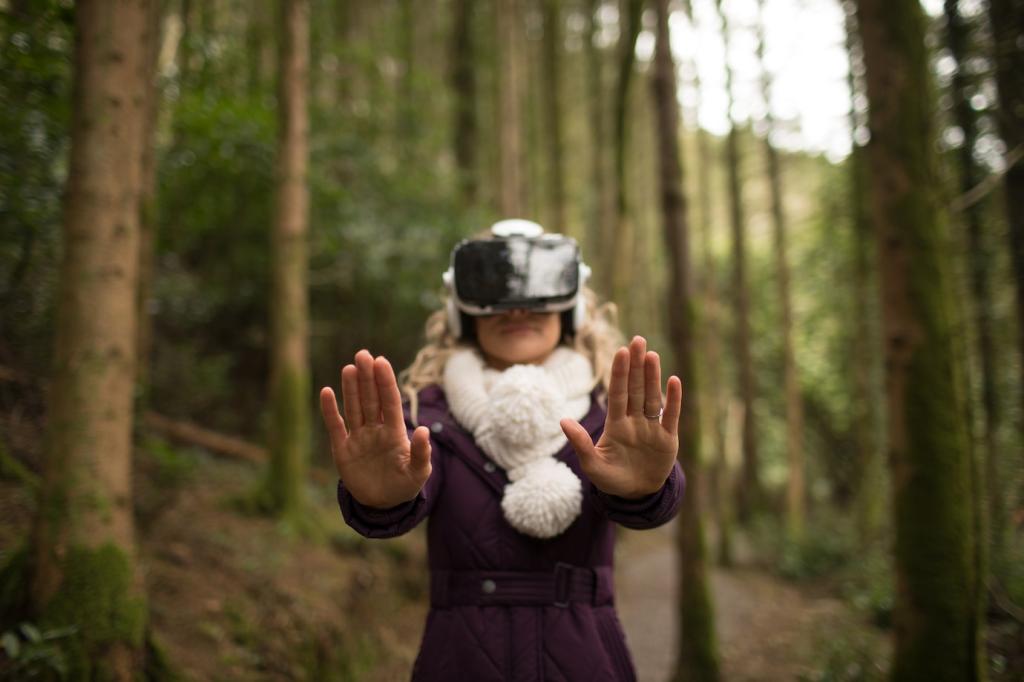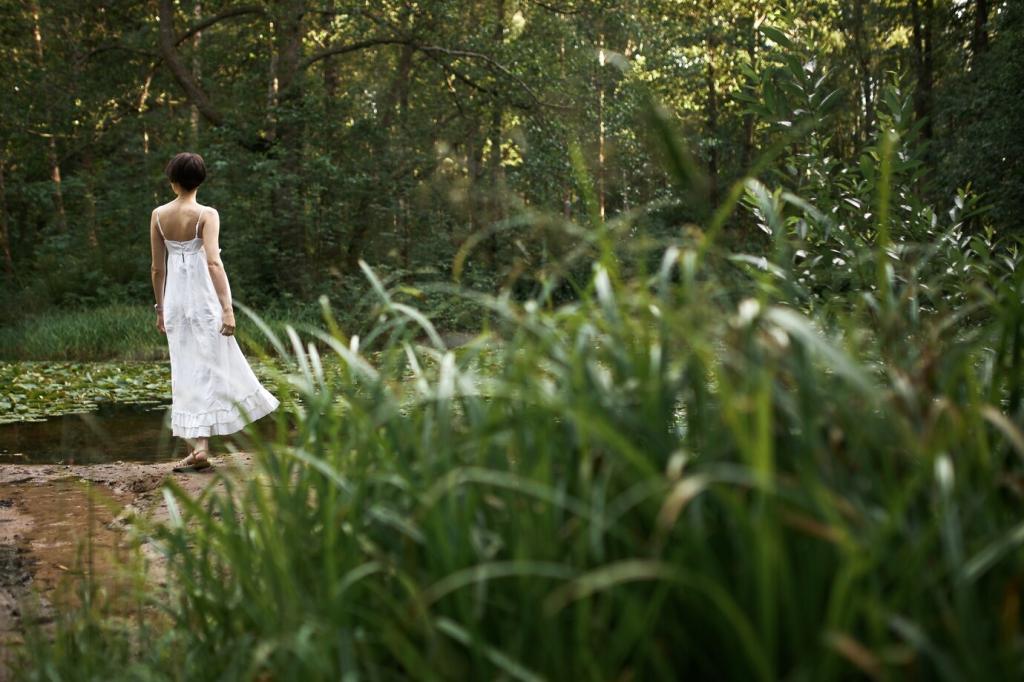Biophilic Design's Role in Enhancing Mental Health
Biophilic design is more than a trend—it’s a transformative approach to architecture and interior design that draws on humanity’s innate connection to nature. By integrating natural elements and principles into built environments, biophilic design seeks to create spaces that aren’t just aesthetically pleasing but are also beneficial to our wellbeing. In recent years, an increasing body of research has underscored the profound impact that contact with nature has on mental health, from decreasing anxiety and stress to improving focus and mood. This comprehensive guide explores the various ways in which biophilic design can enhance mental health, highlighting principles, scientific evidence, practical applications, and future opportunities.

Understanding Biophilic Design
The roots of biophilic design trace back to the term “biophilia,” popularized by biologist E.O. Wilson in the 1980s. Wilson argued that humans are biologically predisposed to connect with nature, a tendency shaped by millions of years of evolution. Early human societies thrived in natural habitats, relying on their ability to interpret environmental cues for survival. As urbanization and modern architecture gained traction, this bond weakened, contributing to the rise in stress-related disorders. The resurgence of biophilic design is, in many ways, a response to growing recognition of these detrimental effects and a commitment to restoration of that essential connection.

Psychological Benefits of Nature
A wealth of studies shows that visual, auditory, and tactile interaction with nature reduces symptoms of anxiety, depression, and fatigue. Exposure to greenery, water features, and even simulated natural elements can trigger the brain’s relaxation responses, lowering cortisol levels and heart rate. The resulting tranquility enables individuals to recuperate from emotional distress, regain focus, and experience greater happiness. Such outcomes are particularly relevant in urban settings where high-density living often means limited access to parks and open spaces, underscoring the importance of integrating nature directly into where we live and work.
Cognitive Enhancement Through Biophilic Design
Biophilic environments have been shown to improve concentration, problem-solving abilities, and creativity. Natural surroundings support the “attention restoration theory,” which posits that prolonged exposure to nature can replenish depleted cognitive resources. In office and educational settings, elements like ample daylight, indoor plants, and natural vistas have been linked to increased productivity, sharper memory, and enhanced learning outcomes. By breaking up monotonous artificial stimuli with scenes and patterns from nature, biophilic design helps recalibrate the mind and sustain optimal cognitive performance.
Physiological Health and Stress Reduction
Interaction with biophilic elements doesn’t just make us feel better—it can elicit measurable changes in our bodies. Access to natural light regulates sleep patterns through circadian rhythms, supporting restorative sleep and stable mood. The presence of plants can improve air quality, reduce indoor pollutants, and support overall organ function. Regular contact with calming natural stimuli, from gentle water sounds to rustling leaves, helps keep the body in a state of balance, minimizing chronic stress and its associated health risks. This convergence of benefits makes biophilic design a cornerstone for holistic wellness.
Biophilic Design in Residential Spaces
Creating Calming Retreats
Bedrooms and living rooms can be transformed into restful havens through the careful selection of colors, materials, and lighting that mimic the outdoors. Soft greens, natural woods, and diffused daylight all contribute to a sense of peace and security. Window positioning and connections to landscaped gardens or courtyards enhance the flow of fresh air and views of nature. When residents experience these biophilic retreats, their moods improve, stress diminishes, and the overall quality of life rises significantly—a crucial benefit in today’s fast-paced world.
Supporting Family Wellbeing
Kitchens, dining areas, and communal living spaces can harness biophilic elements to foster togetherness and emotional bonding. Integrating indoor plants, herb gardens, or even water features creates focal points that draw people together and stimulate positive interactions. Natural light streaming through well-placed windows makes these spaces feel open and inviting. By making nature a central component of the family home, these designs nurture resilience, emotional stability, and a shared sense of wellbeing that extends beyond the individual to the entire household.
Facilitating Restorative Sleep
Sleep quality is essential for mental health, and biophilic design plays a pivotal role in establishing restful environments. Bedrooms designed with optimal daylight exposure regulate circadian rhythms, while soundscape enhancements—like soft recordings of rainfall or breezes—promote relaxation. Physical comfort can also be boosted through the use of breathable, natural fibers for linens and furnishings. Together, these elements create a tranquil setting where restorative sleep is not just possible but probable, making every night an opportunity for mental and physical recovery.
Previous
Next
Biophilic Design in Healthcare Environments

Research consistently shows that patient rooms with access to daylight, views of green spaces, and indoor plants can reduce recovery times and pain perception. The calming influence of nature-inspired surroundings helps to minimize anxiety and promote restful sleep, both crucial for healing. Hospitals are now intentionally incorporating gardens, water features, and therapeutic landscapes to support convalescence. With biophilic design, patients feel more at ease, experience less stress, and are often able to leave medical care sooner and in better spirits.
Educational Spaces for Emotional and Cognitive Growth
Classrooms designed with abundant daylight, living plants, and access to outdoor views create more engaging spaces for both teaching and learning. Such environments stimulate curiosity, improve memory, and reduce fatigue, providing the foundation for academic achievement. Flexible furniture arrangements and organic forms support a diversity of learning styles, fostering adaptability and enthusiasm. When students are surrounded by nurturing, nature-infused spaces, they are more likely to stay motivated and achieve their full potential.

Digital Biophilia: Nature-Inspired Virtual Spaces

Simulating Nature in the Digital Realm
Many individuals now spend significant time in virtual settings, from remote offices to digital classrooms. By integrating high-resolution nature imagery, dynamic lighting effects, and ambient soundscapes, designers can recreate the cognitive and emotional benefits of real-world nature exposure. Virtual biophilic environments support relaxation, mindfulness, and even digital fatigue recovery. These immersive experiences make it possible to bring the restorative qualities of nature to users regardless of their physical location, extending access to those in dense urban areas or isolated regions.

Hybrid Practices in Remote Work
As remote work becomes more prevalent, home offices are embracing biophilic design through the creative use of digital tools. Smart lighting that mimics natural sunlight, digital plant walls, and virtual backgrounds featuring gardens or forests enhance focus and job satisfaction. Companies are also leveraging virtual wellness initiatives, with guided meditation sessions set in simulated natural settings. By prioritizing digital biophilia, organizations can maintain the mental wellness of remote workers, supporting productivity and reducing the risk of burnout.

Virtual Reality for Mental Health Therapy
Virtual reality (VR) technology has unlocked new possibilities for therapeutic interventions using biophilic principles. Guided VR journeys through scenic landscapes are now being used to alleviate symptoms of anxiety, PTSD, and depression. These controlled, immersive environments give individuals the chance to experience nature’s benefits, learn mindfulness techniques, and process trauma in a safe, supportive context. As VR technology evolves, its role in complementing traditional biophilic spaces and broadening access to mental health support will only deepen.

